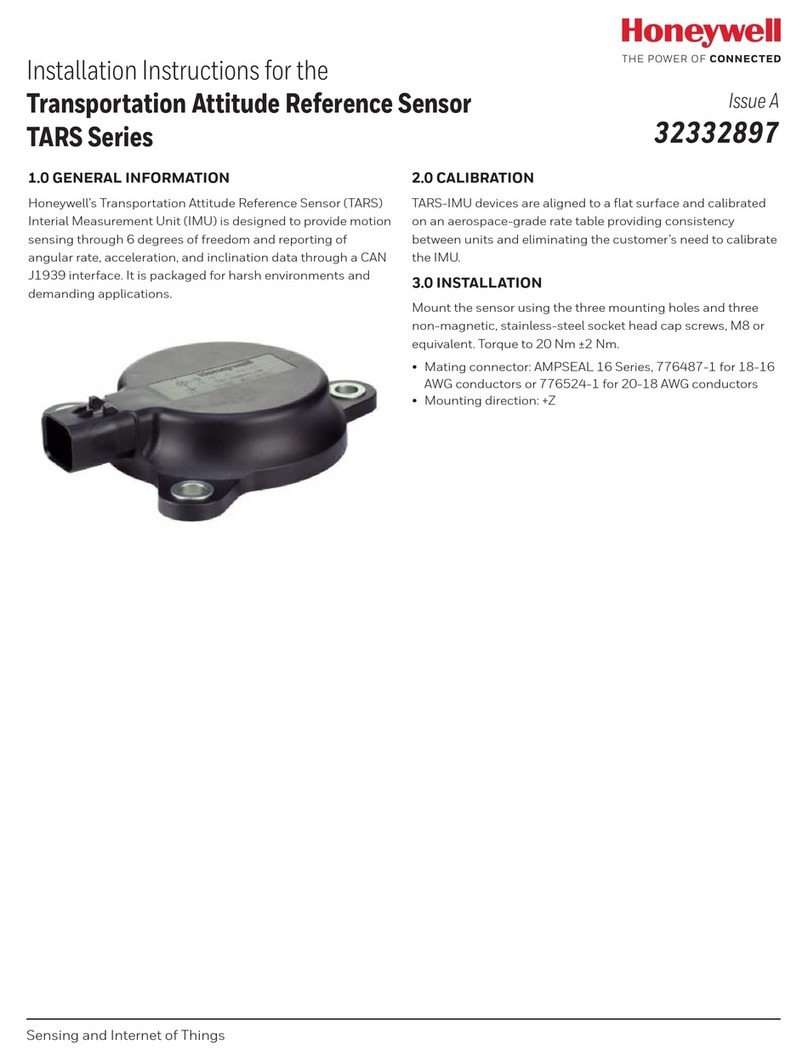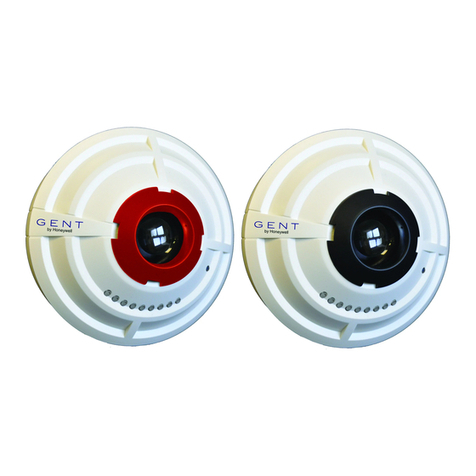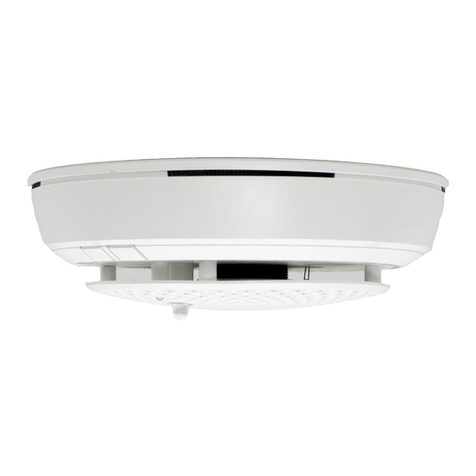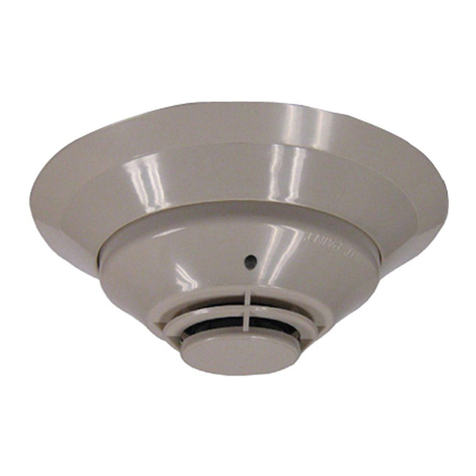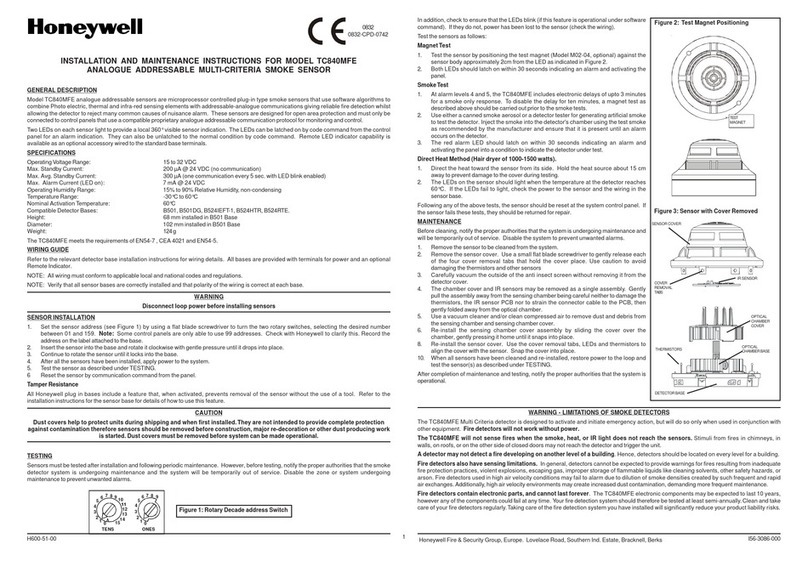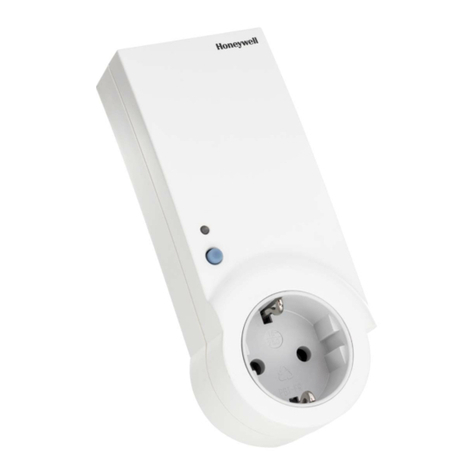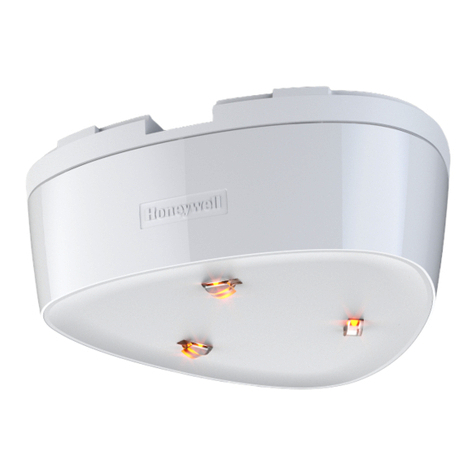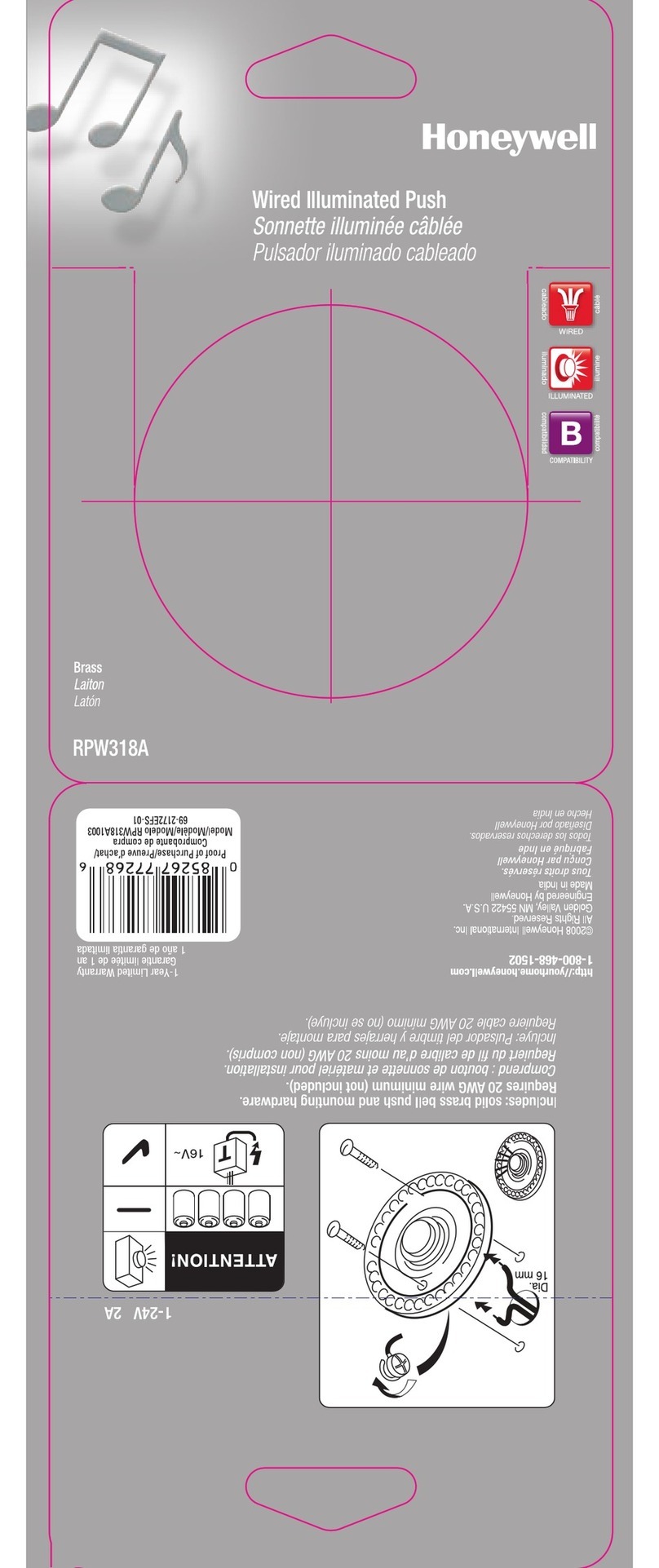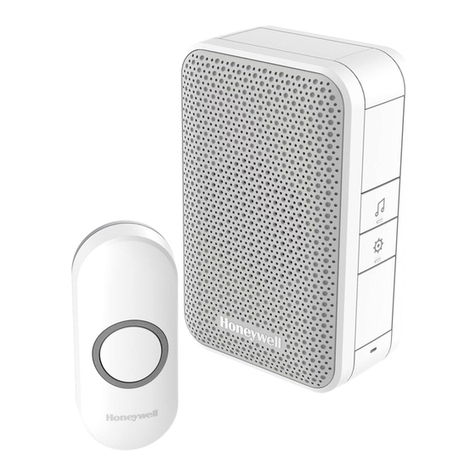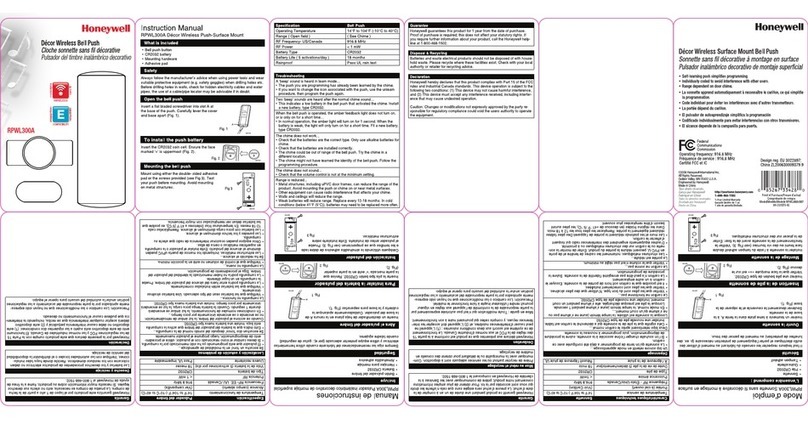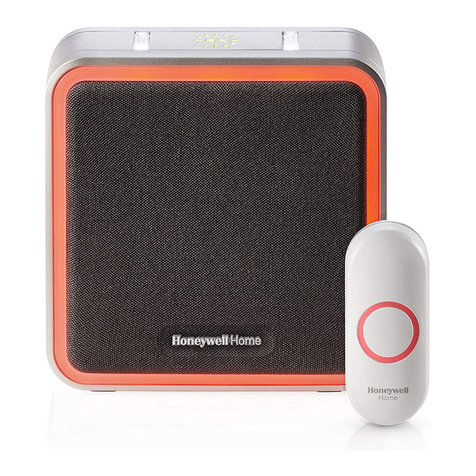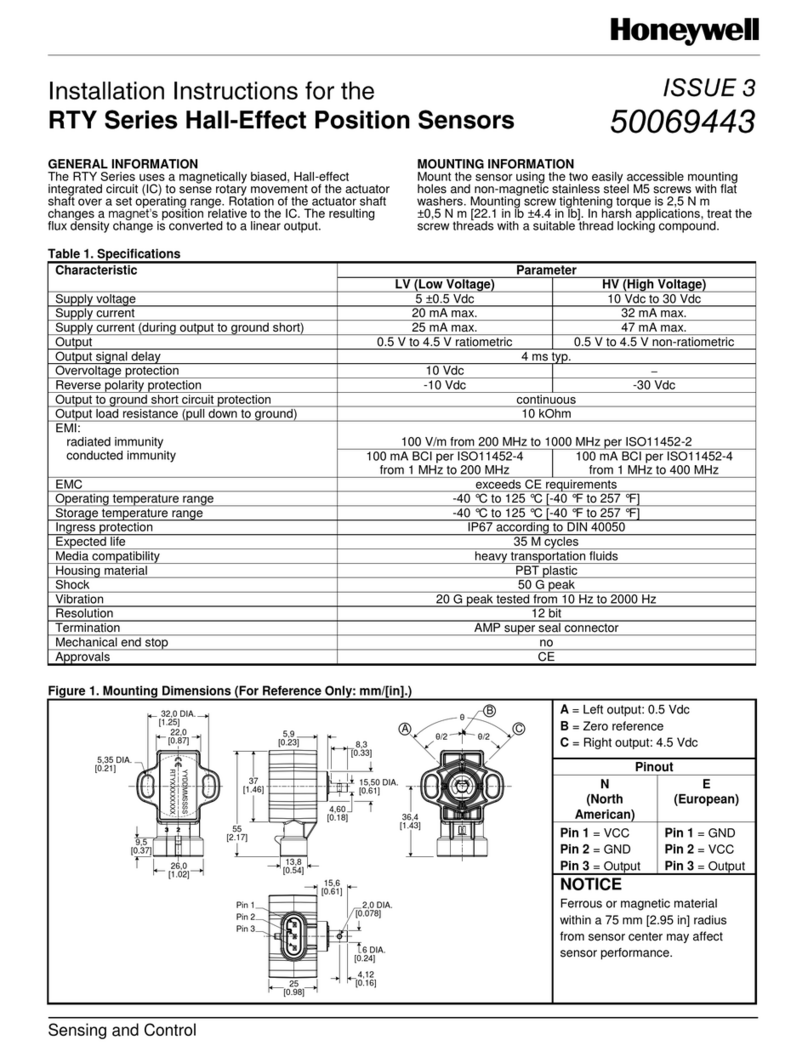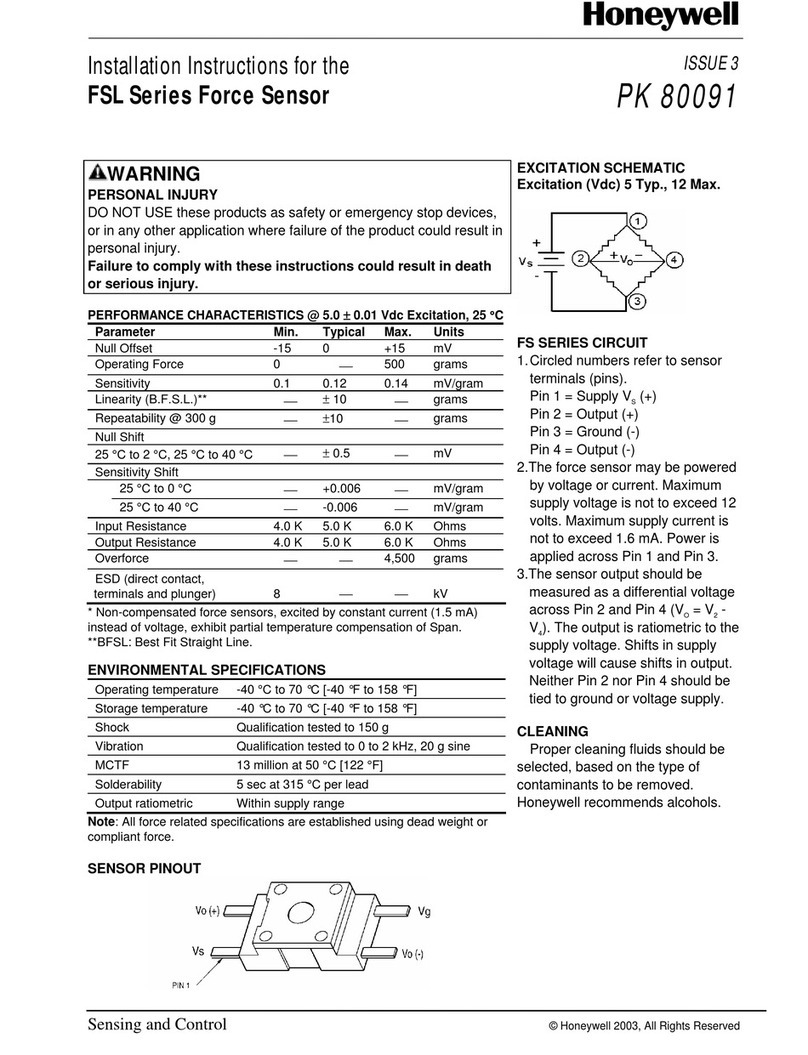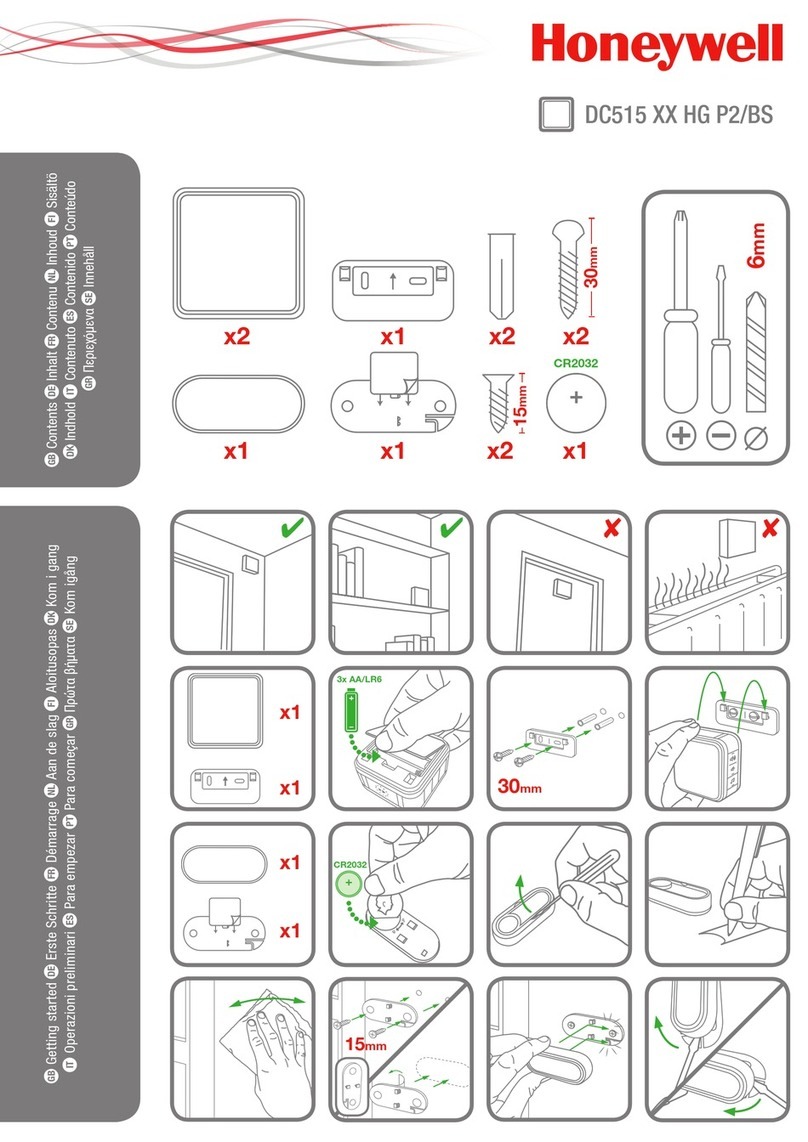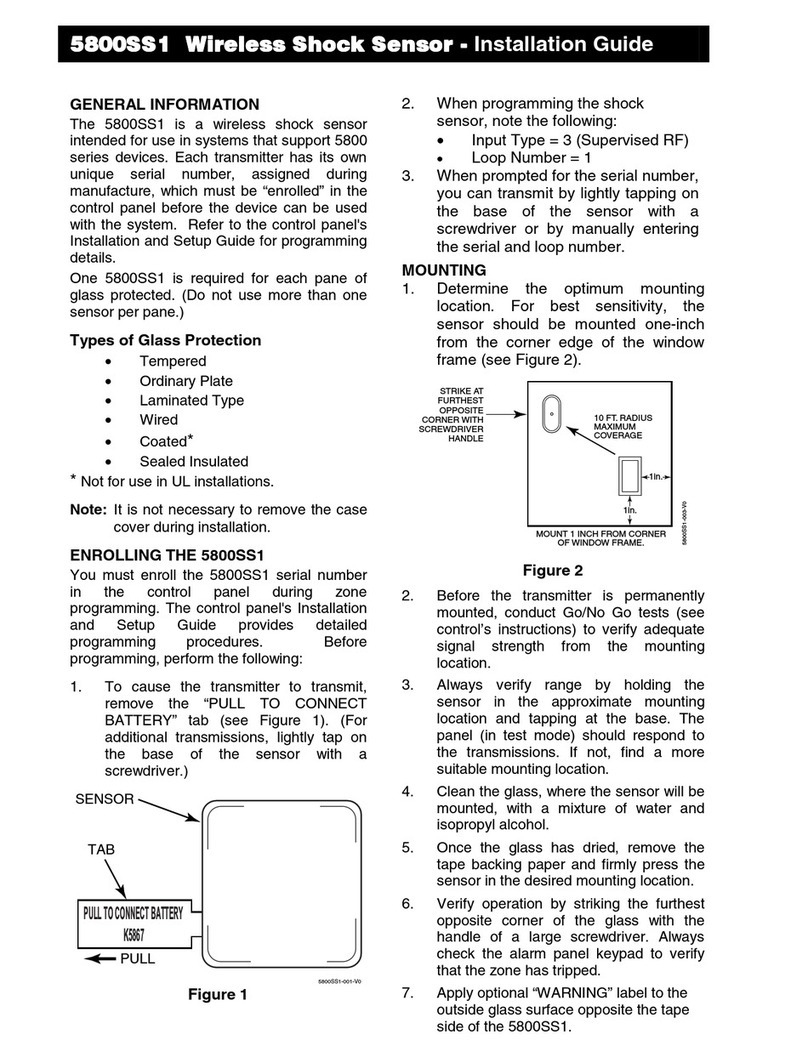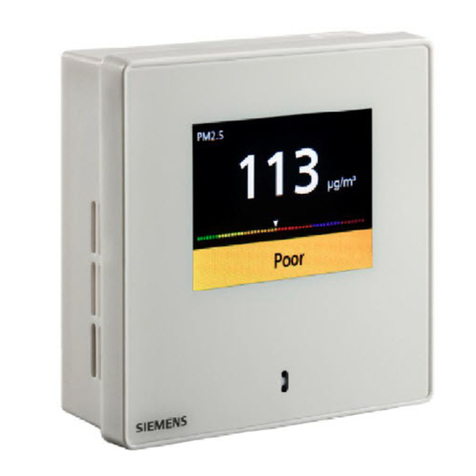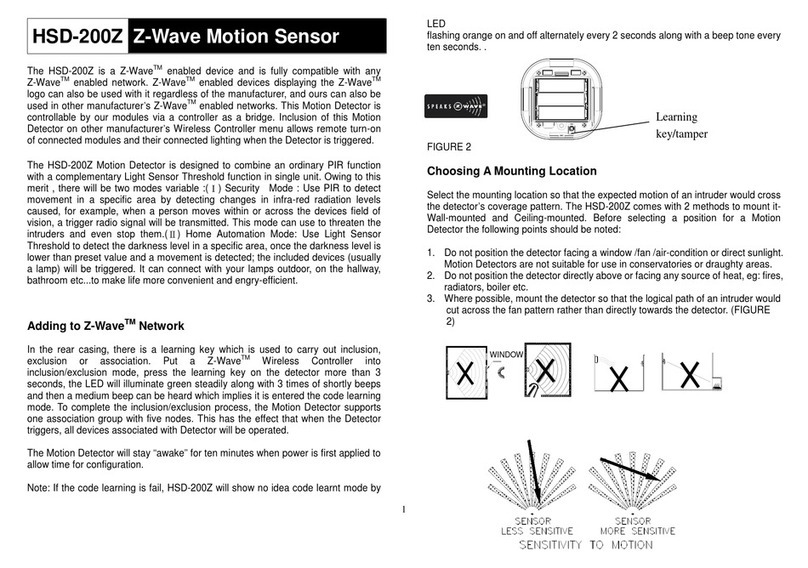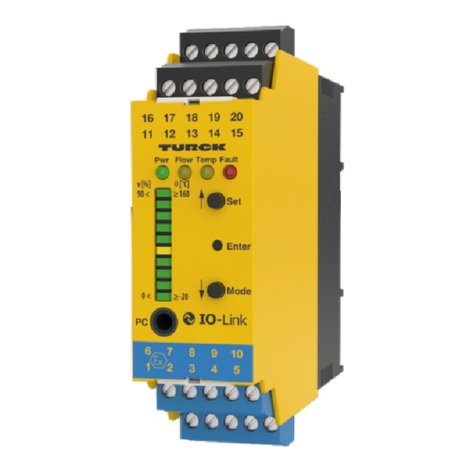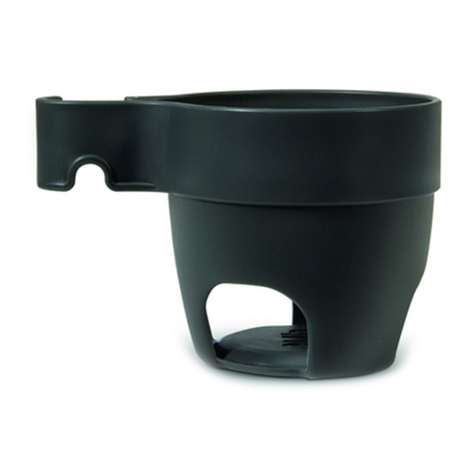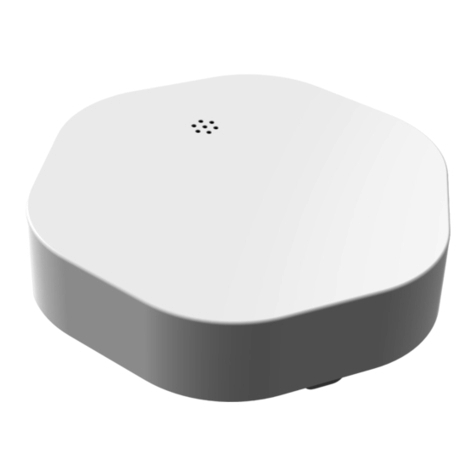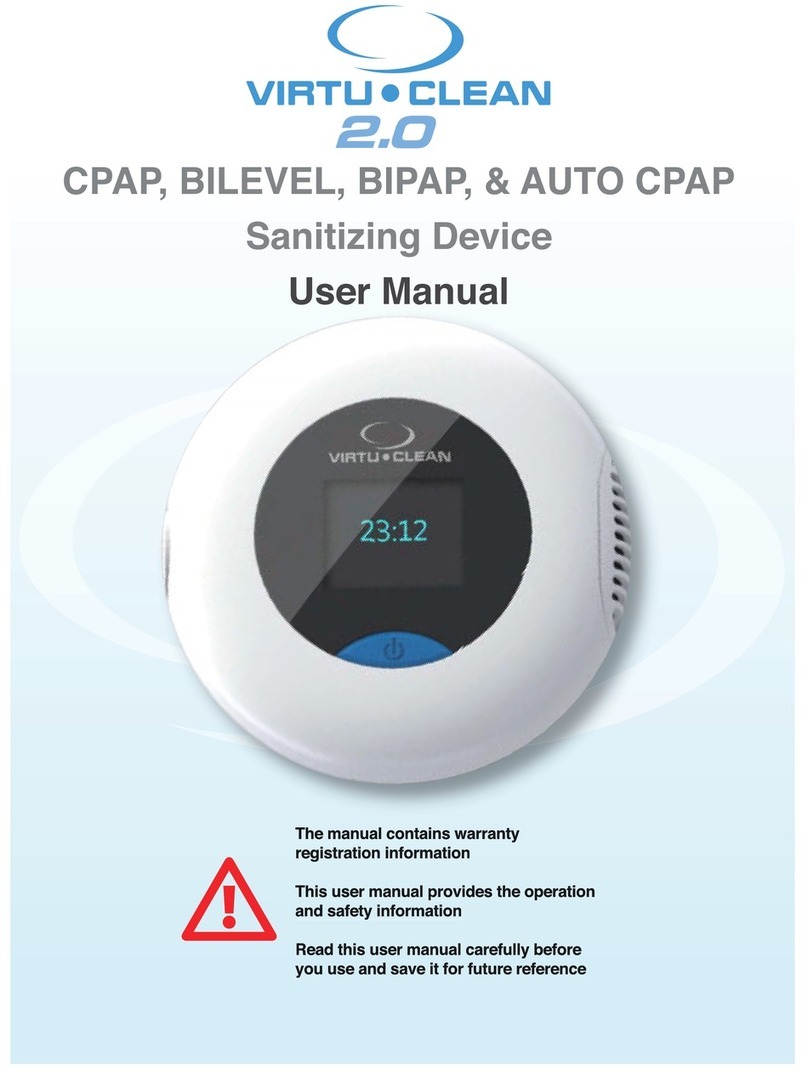
Parameter Options
R1 and R2 Off Delay
Independent Off Delays of between 1 minute and 96 hours may be set for each Relay. A 10-second Off Delay is
available for walk-testing the product. In a typical office environment a 20-minute Off Delay is usually satisfactory.
Response (Automatic / Semi-Automatic)
Where absence detection is required (i.e. the user manually turns lights ON if required but lights still turn off
automatically once an area is vacated), semi-automatic operation can be set via the programmer. It should be
noted that this mode of operation affects only the switched-live output. Where semi-automatic operation is required
on both outputs, please contact Ex-Or for assistance.
Power Up (On/Off)
Set to ON the detector will automatically switch its outputs on when Mains is applied. If set to OFF, the detector will
power up without turning its outputs on, wait for 30 seconds and THEN look for movement. Only if the area is
occupied will the output switch on at this time. The detector must be set to Power Up ON when used in conjunction
with semi-automatic operation.
Photocell Mode (Passive/Active/Disabled)
The sensor features an in-built photocell. The photocell does not affect the volt-free output - i.e. the volt-free output
will turn ON regardless of natural light levels when occupancy is detected. The photocell has three modes of
operation - Passive, Active and Disabled. Its operational behaviour is governed by the setting chosen and by the
values stored in the Upper and Lower thresholds (see diagram overleaf).
Passive - The photocell will inhibit turn-on of the controlled load if sufficient natural light is available. It will not turn
the load off whilst an area is occupied
Active - The photocell will turn the controlled load on and off as required whilst natural light levels fluctuate during a
period of occupancy. This mode of operation operates in conjunction with a passing cloud timer (PCT). The PCT is
asymmetrical in operation - the load will be switched on immediately that the light level falls below the lower set
point, however, the load switches off only if the light level exceeds the upper threshold continuously for a period
equal to the Off Delay.
Disabled - The photocell has no effect.
24hr Cycle (Yes/No)
For use in ‘Washroom Mode’ only (see overleaf) to provide hygiene flush. In this mode, if the detector has seen no
movement for 24 hours, the output (selectable; default = R2 volt-free) will be switched ON for the duration of the
time delay. Used in conjunction with a suitable valve the need for separate urinal flush control is removed.
Lower Threshold (0-254)
The point at which the photocell allows lights to switch on.
Upper Threshold (0-254)
The point where the photocell turns lights off if the photocell is in Active Mode.
Commissioning
The units are supplied with factory default settings (Power-Up On, fully Automatic operation, a 20 minute Off Delay,
no 24hr Cycle, Photocell Disabled). Program using the infrared programming tool QuickSet Pro.
Walk-test Mode
Walk-test mode is used to check that the detector is operating as required. The short off-delay enables the installer
to check that lights are switching on when movements are made at the edge of the detection zone. It is easier to
carry out a walk-test when the photocell is not holding the lights off.
1. Change the Off Delay to 10 seconds using the QuickSet Pro by choosing ‘Utilities / LightSpot/MLS/LCM / User
Test / Walk Test / OK’.
2. Move around the area that is being controlled, stopping for 10 seconds to allow the lights to switch off, before
moving and triggering the lights back on. Re-program the desired Off Delay once testing is complete. The
programmed Off Delay will be automatically restored after 5 minutes.
